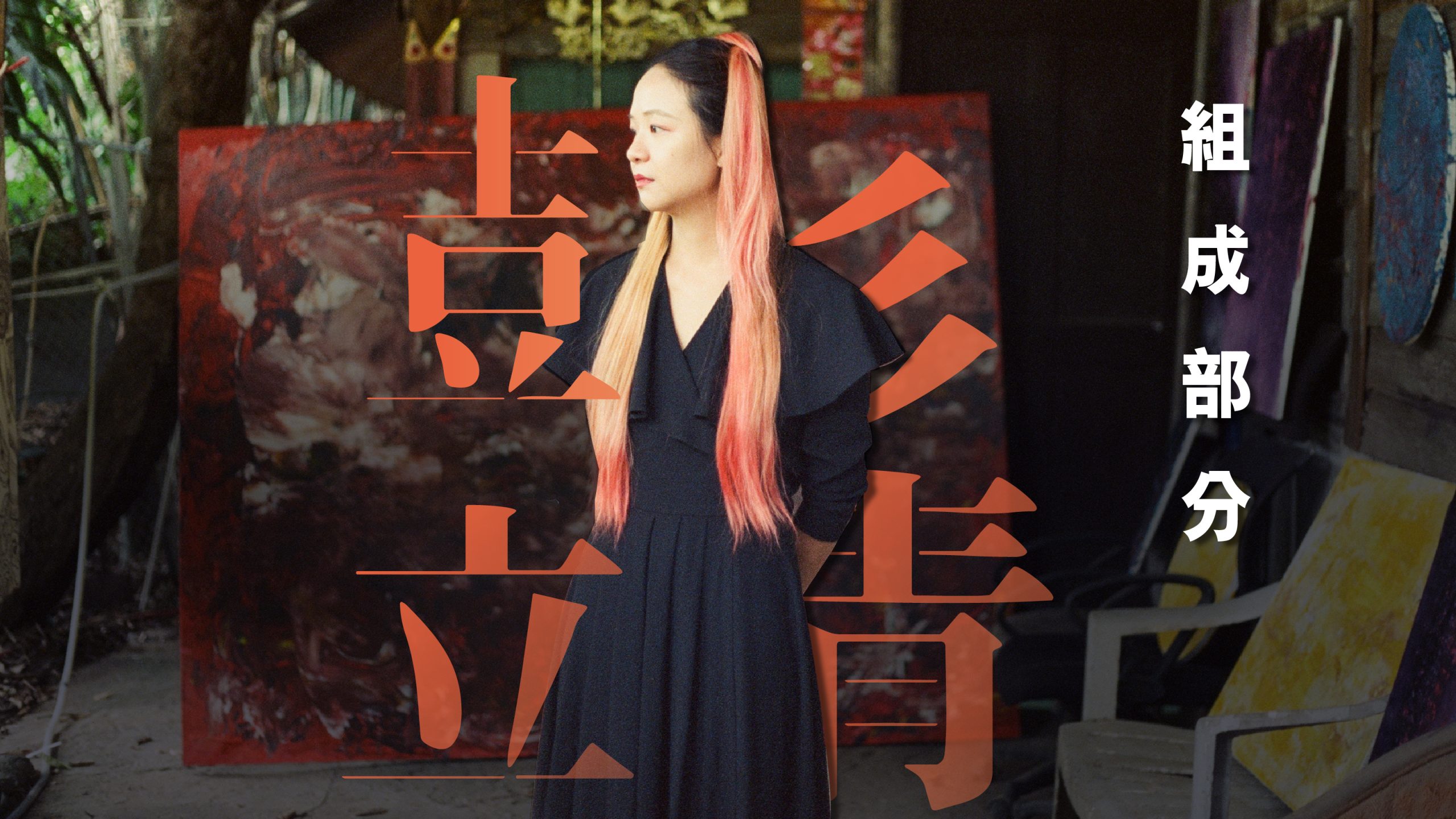In her contemplative narrative, artist Pang Jing revisits the parable of the Blind Men and the Elephant, drawing a poignant analogy to the human experience. In a serene setting beneath a venerable tree, Pang shares, “We are akin to those blind men, yet simultaneously, we embody the elephant. Our multifaceted selves are pieced together through the varied perceptions and interactions of others.”
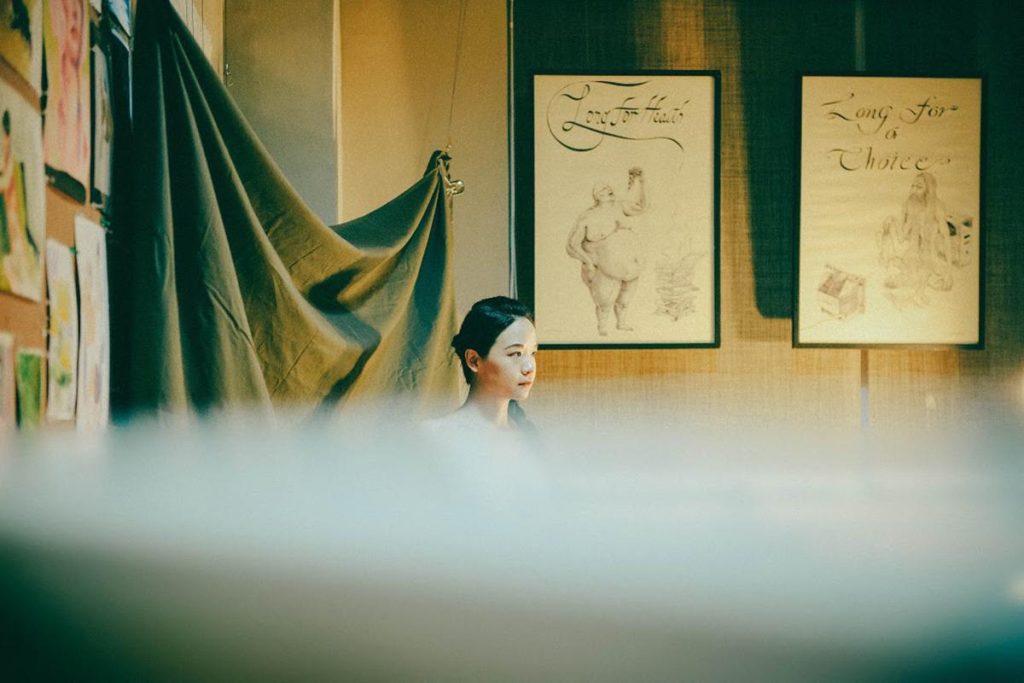
Pang Jing, an artist of prestigious art schooling, has dabbled in an eclectic mix of media. After graduation, she ventured into life modelling, with a creative focus intensely orbiting the concept of “the body”. Pang epitomises the solitary artist, her oeuvre spanning painting, glasswork, fashion design, and photography, thriving in a realm devoid of collaboration or overt communication. This mode of working continued for nearly eight years until, three years ago, she hit a bottleneck. “I had a great fear of working with people,” she admitted, which was somewhat surprising to me. When I first contacted Pang Jing, I knew she was a girl who loved to share. She talked a lot in our first phone call. Before the interview, she thoughtfully compiled a wealth of information about performance art and offered numerous suggestions for the interview process. One might assume she is an artist quite adept at dealing with people, but that wasn’t entirely the case. “I find interacting with a group, or collaborating with many people quite challenging. In a group of more than five or six people, even up to a dozen, there are always some unpleasantness, grey areas, or disputes. Previously, I thought working independently was more comfortable.”
Relationships, for her, are a complex and lifelong learning subject. Even in her social circles, she preferred one-on-one interactions, feeling uncomfortable in larger groups. However, this fear became an obstacle in her creative work. The turning point came in 2019 during a working holiday in Australia. Overwhelmed by homesickness and unable to cope, she decided she must return to Hong Kong. After returning, she applied for both overseas and local master’s programs. As you might guess, the pandemic erupted, and she was admitted to the Chinese University of Hong Kong, leading her to stay. Continuing her studies gave her space to ponder her future direction. “I think some life lessons come back to us in circles, so I must confront them head-on. That’s why I started doing performance art.” Performance art was entirely different from her previous work, requiring collaboration: with venues, audiences, photographers, and fellow performers, necessitating a lot of communication.
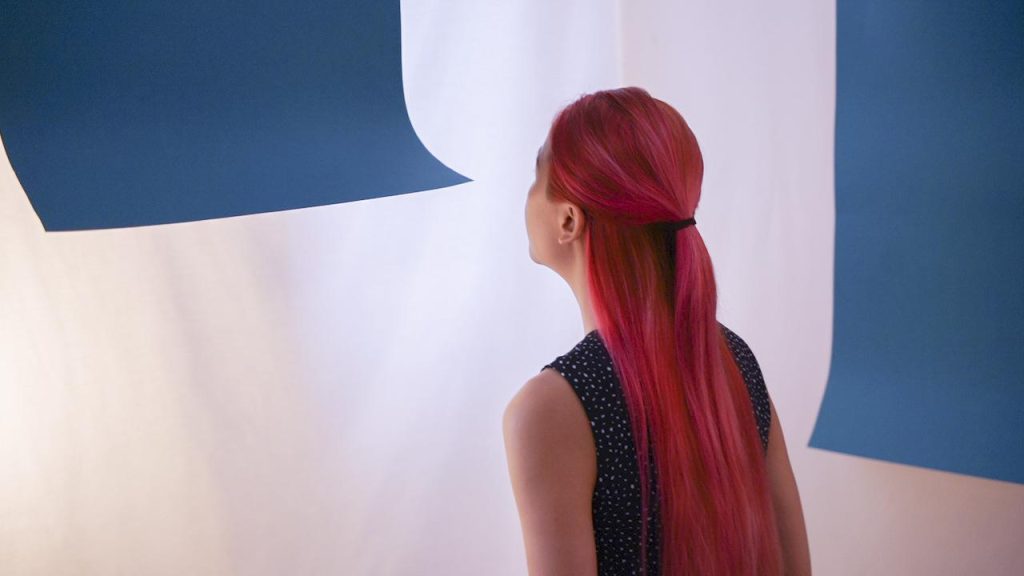
Pang Jing has been engaged in performance art for three years. She candidly admits, “Even after working with people for over three years, while everything seems smooth on the surface, there are still significant setbacks and unpleasant incidents.” Human relationships are inherently complex, and keeping a low profile doesn’t always prevent conflicts and disputes. There are always uncontrollable things and other people’s thoughts and actions. However, transitioning to performance art has given Pang Jing what seems like a superpower. “In the past, when I was emotionally overwhelmed, I couldn’t even maintain daily life and would disappear for a long time, not seeing anyone, feeling as if I had fallen into the abyss of hell. After doing performance art, I discovered an ability different from before, when things happen, I don’t fall apart. I feel an inner strength and the ability to cultivate myself to become stronger, like a transformation.”

If you have followed Pang Jing’s work, you know she constantly challenges her own limits: physically, mentally, and even collaboratively. She’s always exploring her boundaries and wanting to know how far she can push them. Last year, she performed for twenty consecutive days, divided into two phases. The first phase involved the practice of performance art cards, randomly drawing five cards the night before, two creative cards and three action cards. She would then consider the overall structure of the deck, decide on the key elements, and contemplate the rhythm of the actions and their interaction with the materials. Her aim was to explore how to unleash unlimited potential within a finite framework and the relationship between choice and randomness. The second phase involved collaborations with ten artists.

“In performances involving multiple people or duos, artists are each other’s audience. The audience, depending on the occasion, might have the chance to engage in conversations afterward, sharing their thoughts, whether appreciation or different viewpoints. It opens a fantastic platform for everyone to share what they felt and saw, and their thoughts on the performance.” Working with people involves both collaborative performances and discussions. As witnesses or participants, the audience can directly influence the art itself. “It’s tough for anyone, even oneself, to fully understand all their facets, but through interactions and collaborations with different people, you gain a new perspective to examine yourself.”
Self-examination is far from easy. Pang Jing is acutely aware of her angry side, born with a rebellious and competitive nature, the kind of person who’s all or nothing. From her childhood, she was driven to be the best in any field, with a tough, explosive personality that can sometimes be intimidating. She thrives in chaos, believing that inspiration and unexpected discoveries often emerge from seemingly disorderly situations. This is why she’s so immersed in performance art, “Many unknowns are beyond my control, and I want to know how I deal with them. The only thing I can rely on is my intuition.”
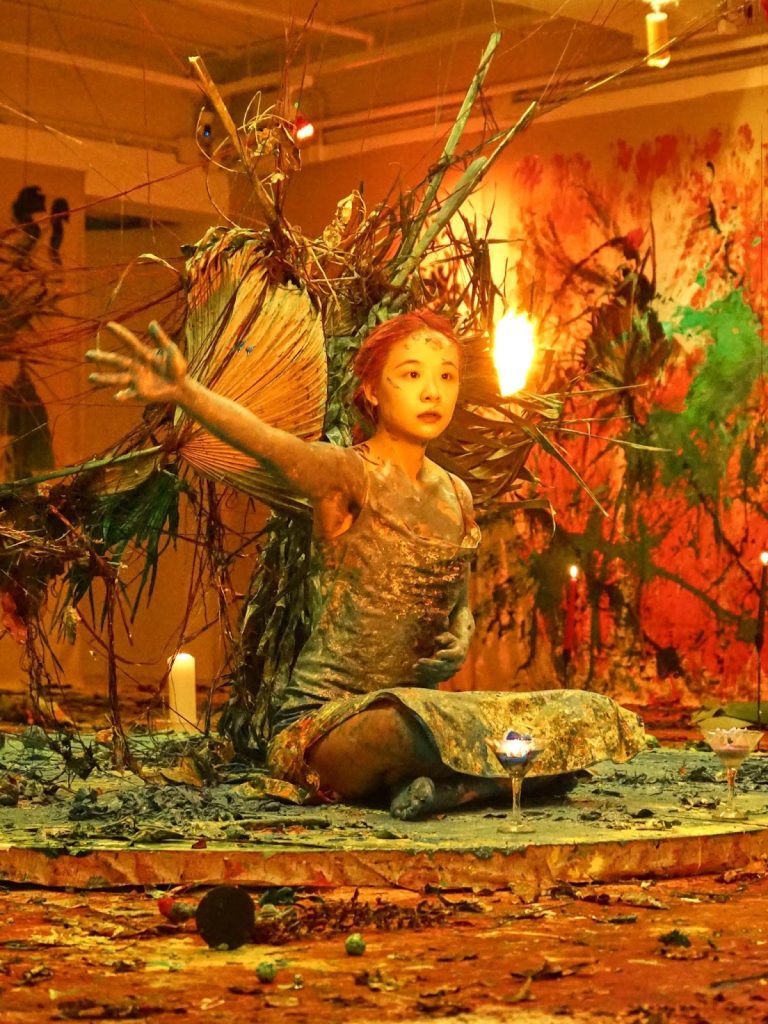
“Intuition can be trained. People often see ‘rationality’ and ‘intuition’ as dichotomous because rationality is based on logical thinking, seemingly following a system. However, I believe ‘intuition’ has its system too, not based on logical analysis but on bodily memories. Your intuitive actions in the face of the unknown are based on accumulated experiences. Your long-established values guide your choices at that moment, so intuition isn’t arbitrary.” After each performance, she brings back those artistic choices into her life. She is unafraid of the unknown because she trusts her ability to transform and rebirth, like a phoenix.
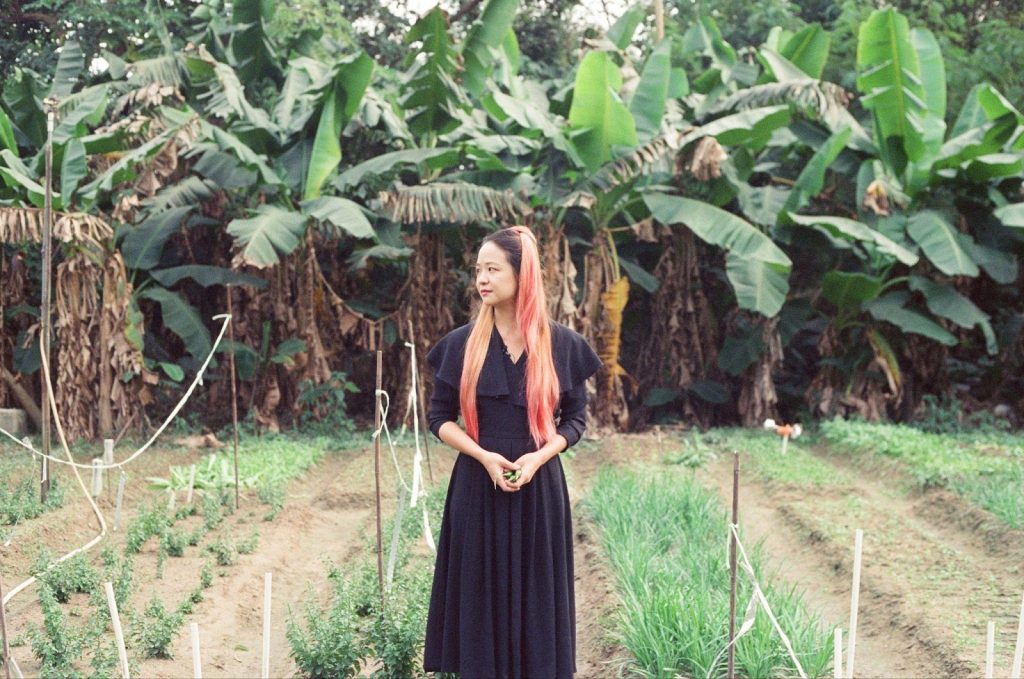
In her latest venture, Pang Jing has ventured into the realm of performance art workshops, inviting enthusiasts to embark on a journey from novice exploration to public performance. These workshops, a significant departure from her comfort zone, have been an enlightening experience, reinforcing her belief in the transformative power of performance art.
Looking ahead, Pang Jing is poised to unveil her third live performance art installation, “Furnace #3 Mountain Top Performance”, set against the backdrop of Yuen Long’s hills. This event promises to be an immersive exploration of the interplay between the body, the environment, and the unpredictable, crafting a unique artistic expression intrinsic to the moment and setting.
Date: 28 Jan, 2024 (Sunday)
Time: Noon to Sunset Dusk (Exact time to be confirmed)
Secret Location: A hilltop in Yuen Long (Participants will be notified and invited to view the site)
For more details, please follow the Furnace IG: @performance_art_furnace_hk
Photo source: BBOLD、https://pangjingcreation.com/
Video credit:
Life drawing session at @swing_a_cat
Life Drawing by Cheng Mui Liu, @thomasdangvu , @harveychanart
[Destroy & Reborn] Performance workshop by : @performance_art_furnace_hk
@carmenyuuu_
@jackchuen0801
@smallroad_
@glitcthatguardshell
@merryislovely
[Under The Wall]
Supported by @10chancerylanegallery
Video by @lum_vivian_
The Performance is Happening: 20 Days Live
@alchemyoftheprocess
@siufong_yeung
@sin.costansin
@wyieee
@xiyongchanactorhk
Tsang Tze
Photo by @bigmanchingho , @lum_vivian_ , @chillpan104
Pang Sir
Uncle Tak

